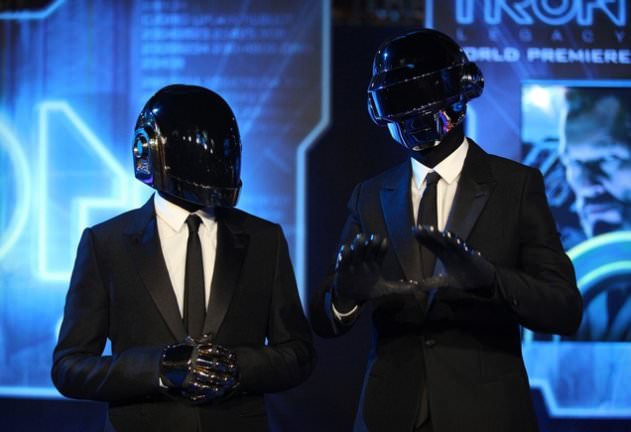As 2013 draws to a close, it’s time to take a look back at some of our thoughts on the year in dance music and tech.

Photo: fabriclondon.com
The Attack office this year has been a forum for heated debate. That is, we’ve been arguing between ourselves about music all year. It would be obtuse of any music magazine not to declare any twelve month period “a great year for music” – if you can’t find great new music over the course of a full year you’re doing something wrong – so we’ll try to avoid heading down that cliched route. Nevertheless, it’s safe to say there’s been plenty to keep us occupied this year.
In retrospect, 2013 was a year of many fragmented micro-trends rather than sweeping broader fashions. It was a big year for noisy, angry incarnations of techno and house. Terms like ‘post-dubstep’ and ‘former dubstep producer’ became redundant after their ubiquity in 2012, but the cross-pollination of genres continued as ever: house drew from techno; techno drew from noise and industrial; producers working in various genres looked back to jungle, hardcore and instrumental grime; drum and bass producers dabbled in techno. Of course, deep house was as inescapable as ever, even if much of what was labelled deep house had very little to do with the original meaning of that term (despite the protestations of our own Kristan Caryl). Oh, and Random Access Memories didn’t inspire legions of copycats making live-instrument disco-rock, but there’s still time…
Random Access Memories didn’t inspire legions of copycats making live-instrument disco-rock.
The industry: still in flux?
In terms of the industry itself, we’re no closer to figuring out the future than we were this time last year. One of the biggest talking points in 2013 has been streaming – specifically, the meagre royalties paid by the likes of Spotify, and whether artists are being exploited by the streaming services. Ultimately there’s been very little change despite various efforts to pressure these services into creating a fairer model for artists.
Besides, from a dance music perspective, focusing on streaming services only really addresses one small area of the industry. Even if Spotify found a profitable model overnight and began paying higher royalties, the main impact would be on artists with large back catalogues of albums. In a field of music where the emphasis is always on new music and usually on individual tracks, the potential value of streaming services may prove negligible to many artists.
At the other end of the scale, the fetish for limited edition vinyl continues. But as we discussed in our Record Store Day feature back in April, that isn’t necessarily as positive as it may first appear. As Jay Robinson of Fear Of Flying pointed out, official figures on the upsurge in vinyl sales are probably misleading; the presence of lots of small labels pressing up 300 white labels at a time doesn’t necessarily mean any of them are actually making a profit.
At this stage the chances that we’ll see a return to the days when a large proportion of artists could make a living from record sales alone seem slim at best. The upshot is that most producers in 2013 have little choice but to try and pay the bills through DJ bookings. There doesn’t seem to be much likelihood of that changing in 2014.

A new type of commercial crossover
Here in the UK there were obvious signs of new commercial crossover potential for dance music: a much more interesting alternative to the type of dance music which has crossed over in recent years. Sure, Avicii still topped the charts a couple of times, but there were brighter signs elsewhere. Who would have predicted at the start of the year that an MK remix of a Morgan Geist track would be such a huge commercial hit? Who would have tipped Duke Dumont for crossover appeal? Who would have tipped Breach for chart success or predicted just how massive Disclosure would be?
But the biggest commercial success of all went to a couple of French blokes who enjoy dressing up as robots. It wasn’t a huge surprise to see the interest in Daft Punk’s return, but Random Access Memories turned out to be a strangely polarising affair. We’ve had countless arguments debates in the Attack office about its merits, but whatever you thought of the music itself, it’s sad that one of the biggest and undeniably one of the most important electronic music releases of the year will be remembered most for its marketing campaign. Talk of ‘real instruments’, high-profile collaborators and the recording process overshadowed the music itself on occasion. A sign of the times indeed, but a disappointing way to judge the music.
03.45 AM
Cheers on this article, especially the section on EDM. You guys are a levelheaded bunch and I respect that. Keep up the good work!